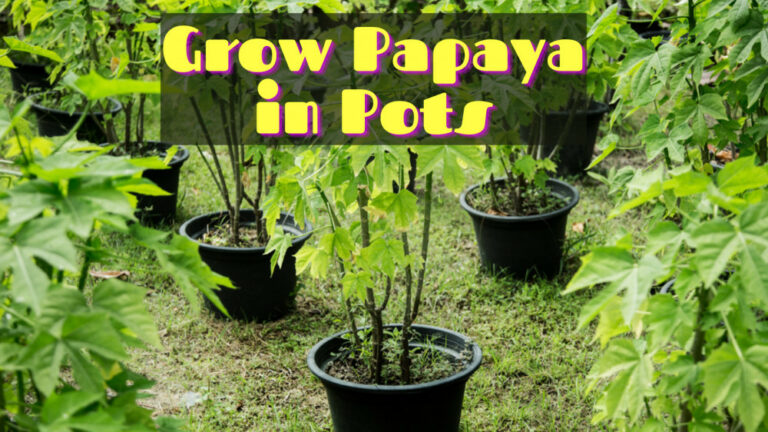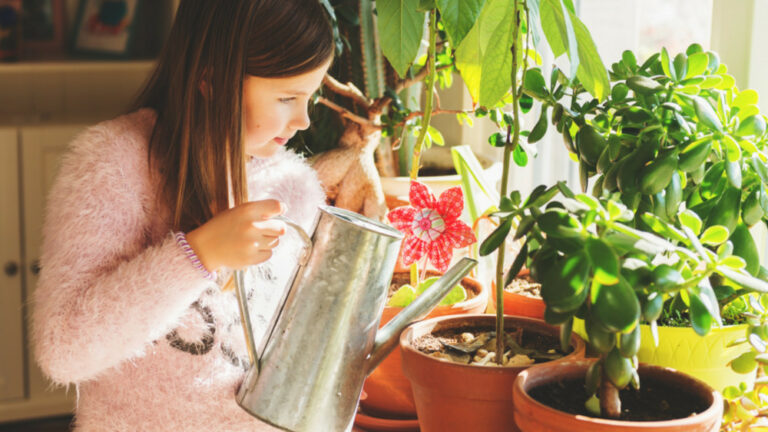Best Tips To Grow Witch Hazel In Containers
Tips To Grow Witch Hazel In Containers
Discover the secrets to cultivating the ancient herbal remedy Witch Hazel in the comfort of your home with container gardening.
Renowned for its stunning blooms and versatile medicinal properties, Witch Hazel, scientifically known as Hamamelis, thrives in containers and offers a charming addition to any garden or indoor space.
Through this guide, discover the secrets to nurturing flourishing Witch Hazel plants in containers, regardless of space constraints.
Explore our guide for tips to grow Witch Hazel in containers, transforming your limited space into a vibrant display of nature's resilience and beauty.
In this article, we delve into the art and science of growing Witch Hazel in containers, uncovering expert tips, practical advice, and creative strategies for nurturing thriving plants and unlocking their full potential for health and beauty.
Join us on this botanical journey as we explore the wonders of Witch Hazel cultivation in the container garden.
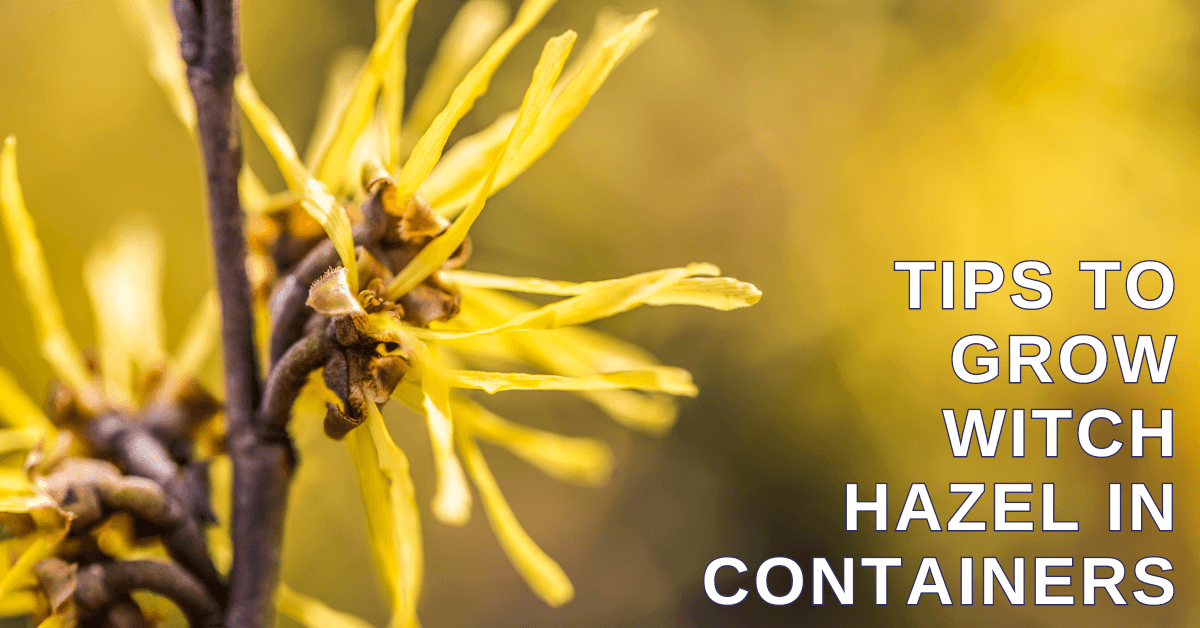
Where Is The Origin Of Witch Hazel?
The scientific name for witch hazel is Hamamelis virginiana. It is a native of North America with a rich history intricately linked to traditional herbal medicinal practices and indigenous civilizations.
Native American groups, including the Cherokee, Iroquois, and Mohegan, used different parts of the plant for various uses after realizing the medical benefits of witch hazel.
The name “witch hazel” is believed to have originated from the Middle English “wiche,” meaning “bendable” or “pliant,” and “wych,” meaning “pliable.”
This likely refers to the plant's flexible branches, which were historically used for dowsing rods or “witching sticks” and believed to locate water sources underground.
Native American tribes brewed witch hazel leaf and bark extracts into teas or poultices to treat various ailments, including skin irritations, bruises, and inflammations.
European settlers adopted these traditional uses of witch hazel, incorporating it into their folk medicine practices.
In the 19th century, witch hazel gained popularity in mainstream medicine and became a staple in American households as a versatile herbal remedy.
Nowadays, a large range of commercial goods, from astringents and toners to skin care lotions and ointments, are made from witch hazel, which is grown for medicinal and cosmetic purposes.
While Hamamelis virginiana is the most common species of witch hazel, other species, including Hamamelis japonica and Hamamelis mollis, are native to Asia and Europe, respectively.
Despite its global presence, the North American witch hazel remains deeply rooted in the continent's cultural heritage and continues to be revered for its therapeutic benefits.
Types Of Witch Hazel
There are several species of witch hazel, each with its unique characteristics and growing requirements. The most common types of witch hazel include:
1. American Witch Hazel (Hamamelis virginiana)
Also known as American witch hazel, this species is native to North America. It is highly valued for its therapeutic qualities, especially its astringent and anti-inflammatory qualities.
The beautiful ornamental shrub Hamamelis virginiana yields fragrant yellow blossoms in the late fall.
2. Japanese Witch Hazel (Hamamelis japonica)
Native to Japan, Hamamelis japonica is known for its delicate, pale yellow flowers that bloom in late winter to early spring.
It is a smaller species than Hamamelis virginiana, making it well-suited for smaller gardens or containers.
3. Chinese Witch Hazel (Hamamelis mollis)
Originating from China, Hamamelis mollis is prized for its large, fragrant flowers that bloom in late winter to early spring.
Hamamelis mollis has a more upright growth habit than other species and can reach heights of up to 20 feet. It is a popular choice for adding winter interest to gardens.
4. Ozark Witch Hazel (Hamamelis vernalis)
Also known as Ozark witch hazel, Hamamelis vernalis is native to the central United States. It produces fragrant, spidery flowers in shades of yellow, orange, or red in late winter to early spring. This species is valued for its early bloom time and tolerance to cold temperatures.
5. Hybrid Varieties
Hybrid varieties of witch hazel are also created by crossing different species to combine desirable traits such as flower colour, size, and fragrance.
Examples include ‘Arnold Promise' (a cross between Hamamelis mollis and Hamamelis japonica) and ‘Diane' (a cross between Hamamelis mollis and Hamamelis vernalis).
These are just a few examples of the diverse types of witch hazel available to gardeners, each offering unique beauty and benefits.
Health Benefits Of Witch-Hazel
Witch hazel offers a range of health benefits thanks to its natural astringent, anti-inflammatory, and antioxidant properties. Some of the key health benefits of witch hazel include:
1. Skin Care
Witch hazel is commonly used topically to treat various skin conditions, including acne, eczema, psoriasis, and dermatitis.
Its astringent properties help tighten pores, reduce inflammation, and alleviate itching and irritation, promoting clearer, healthier skin.
2. Soothes Irritations
Witch hazel can relieve minor skin irritations, insect bites, sunburn, and rashes. Its anti-inflammatory properties help calm redness and swelling, while its mild numbing effect can alleviate discomfort.
3. Hemorrhoid Relief
Witch hazel is often used to soothe the discomfort and itching associated with hemorrhoids. Its astringent properties help shrink swollen blood vessels, reduce inflammation, and alleviate pain.
4. Relieves Scalp Conditions
Dandruff and itching of the scalp are symptoms that witch hazel can aid with. When applied topically, it helps balance oil production, soothe inflammation, and promote a healthier scalp environment.
5. Antioxidant Protection
Strong antioxidants found in witch hazel, including flavonoids and tannins, help shield the skin from damage from free radicals brought on by environmental stresses. This can prevent premature aging and maintain the health of your skin.
6. Sore Throat Relief
Gargling with a witch hazel solution may help alleviate sore throat symptoms. Its astringent and anti-inflammatory qualities can ease sore throats and lessen inflammation.
7. Wound Healing
Witch hazel has mild antiseptic properties that help clean wounds and promote healing. It can be topically used for small wounds, scrapes, and abrasions to help promote healing and lower the risk of infection.
Witch hazel is a multipurpose herbal medicine that can be utilized for various beauty and health issues.
However, if you are pregnant or nursing, use it carefully and speak with a healthcare provider if you have any underlying health issues.
Exploring The Tips To Grow Witch Hazel In Containers
Growing Witch Hazel in containers can be rewarding, allowing you to enjoy its beauty and health benefits even in limited spaces. Here are some tips to help you successfully grow Witch Hazel in containers:
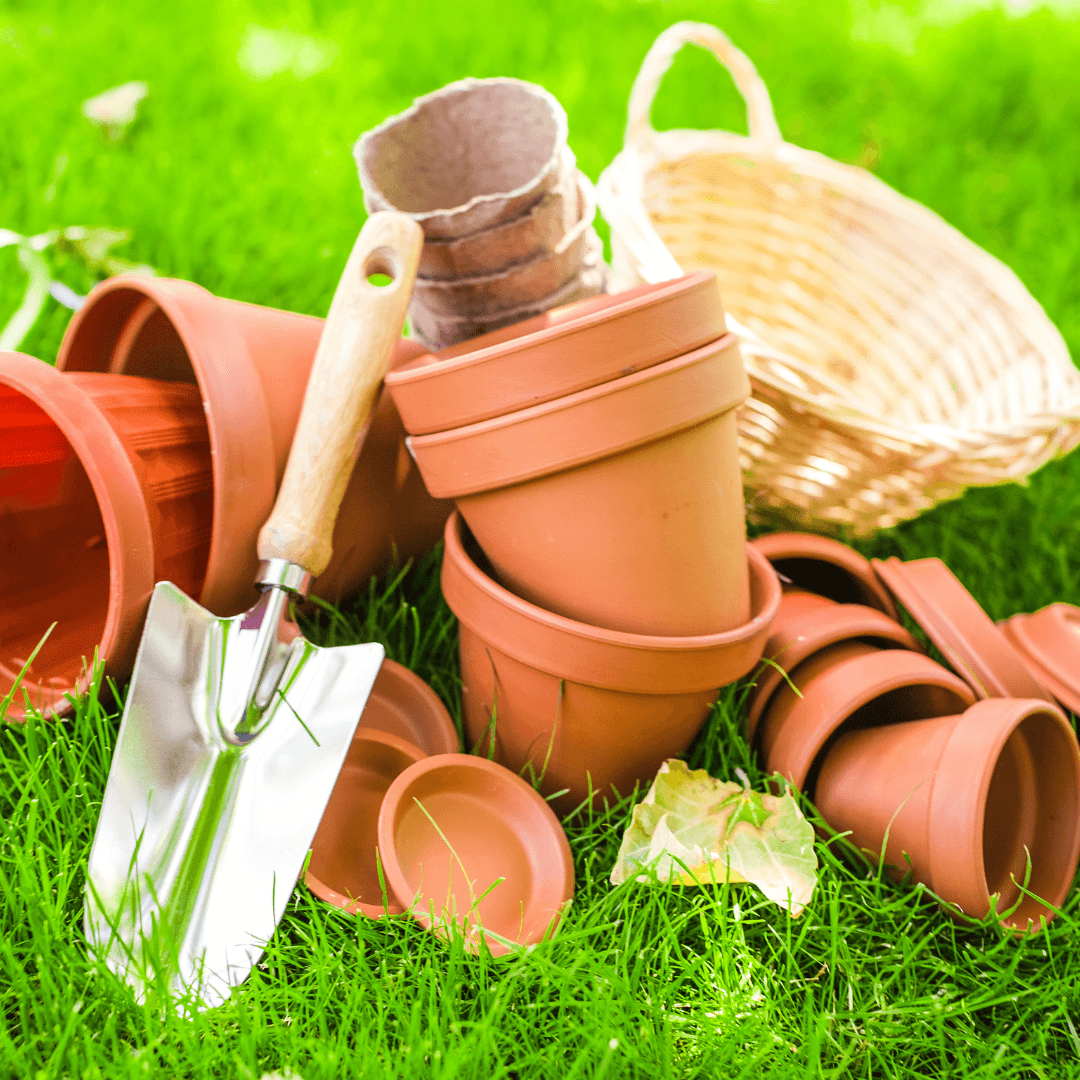
1. Choose the Right Container To Grow Witch Hazel
When growing your witch hazel in a confined space, selecting the right container is crucial for its healthy growth.
Opt for a sizable container that fits the current size of the plant's root ball and offers additional space to accommodate future growth.
This foresight ensures your Witch Hazel has ample room to expand its roots, essential for its overall health and flowering potential. Equally important is the container's drainage capability.
Adequate drainage holes at the bottom are necessary to allow excess water to escape, preventing the detrimental effects of waterlogging, such as root rot.
Consider using a wooden barrel or a large ceramic pot for an added beauty touch. These materials provide the functional aspects required for the plant's growth and enhance the aesthetic appeal of your garden or patio space, blending natural charm with the unique character of the Witch Hazel.
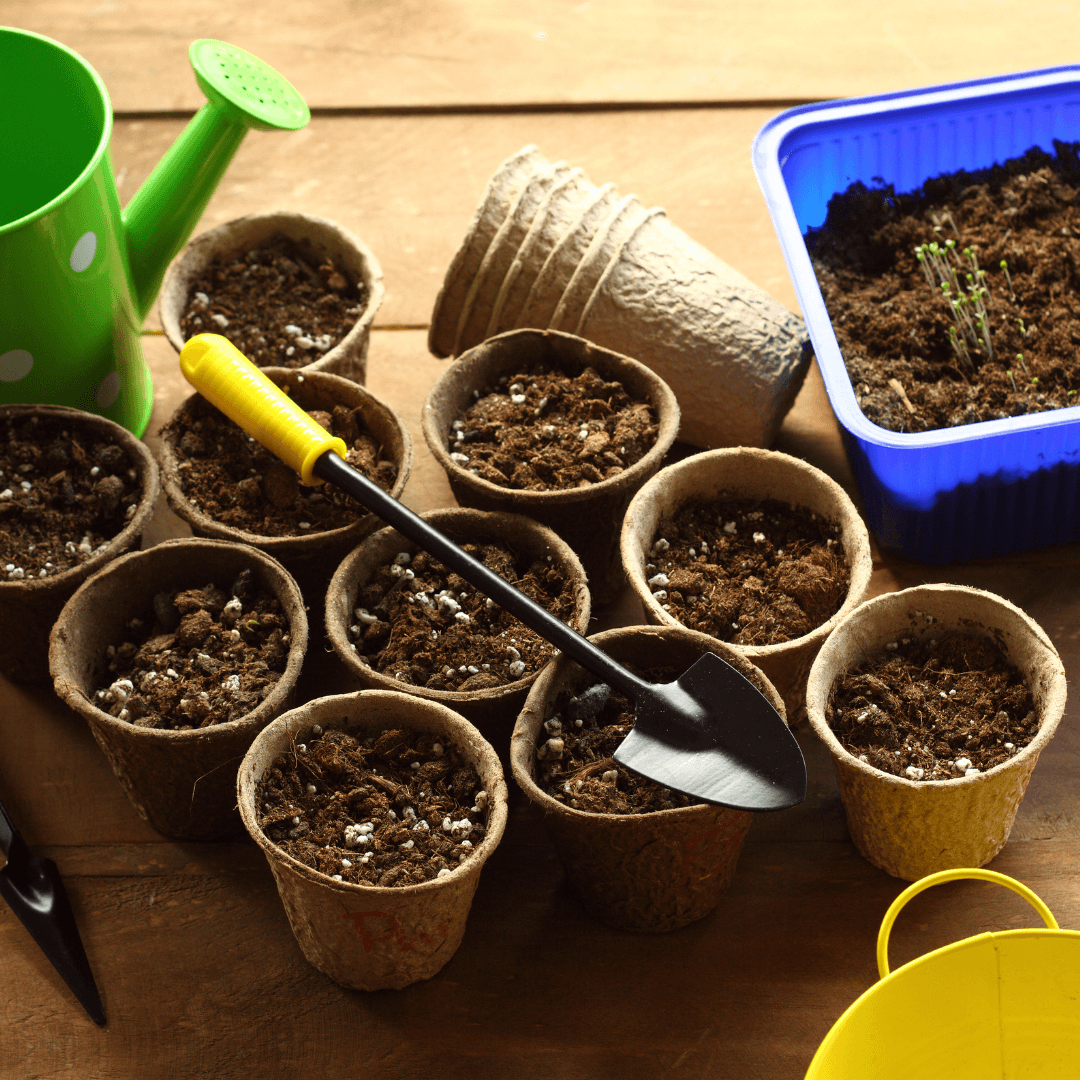
2. Potting Mix Matters For Growing Witch Hazel
One essential tip for growing Witch Hazel in containers is selecting the right potting mix, which is paramount for ensuring the plant's health and vibrant growth.
This plant prospers in soil that drains well yet retains enough moisture to prevent drying out.
Crafting your potting mix is beneficial, allowing you to tailor the soil conditions perfectly suited for Witch Hazel.
A blend of equal parts peat moss, pine bark, and a choice between perlite or vermiculite strikes the ideal balance.
Peat moss contributes to moisture retention and helps maintain a slightly acidic pH, which Witch Hazel favours.
Pine bark enhances the mix's drainage capabilities and adds slight acidity, further optimizing the soil environment.
Including perlite or vermiculite ensures excellent aeration and drainage, preventing water from stagnating around the roots, a common issue in poorly draining soils.
This custom mix caters to Witch Hazel's needs and promotes robust growth and vibrant blooms by providing the perfect soil structure and pH level.
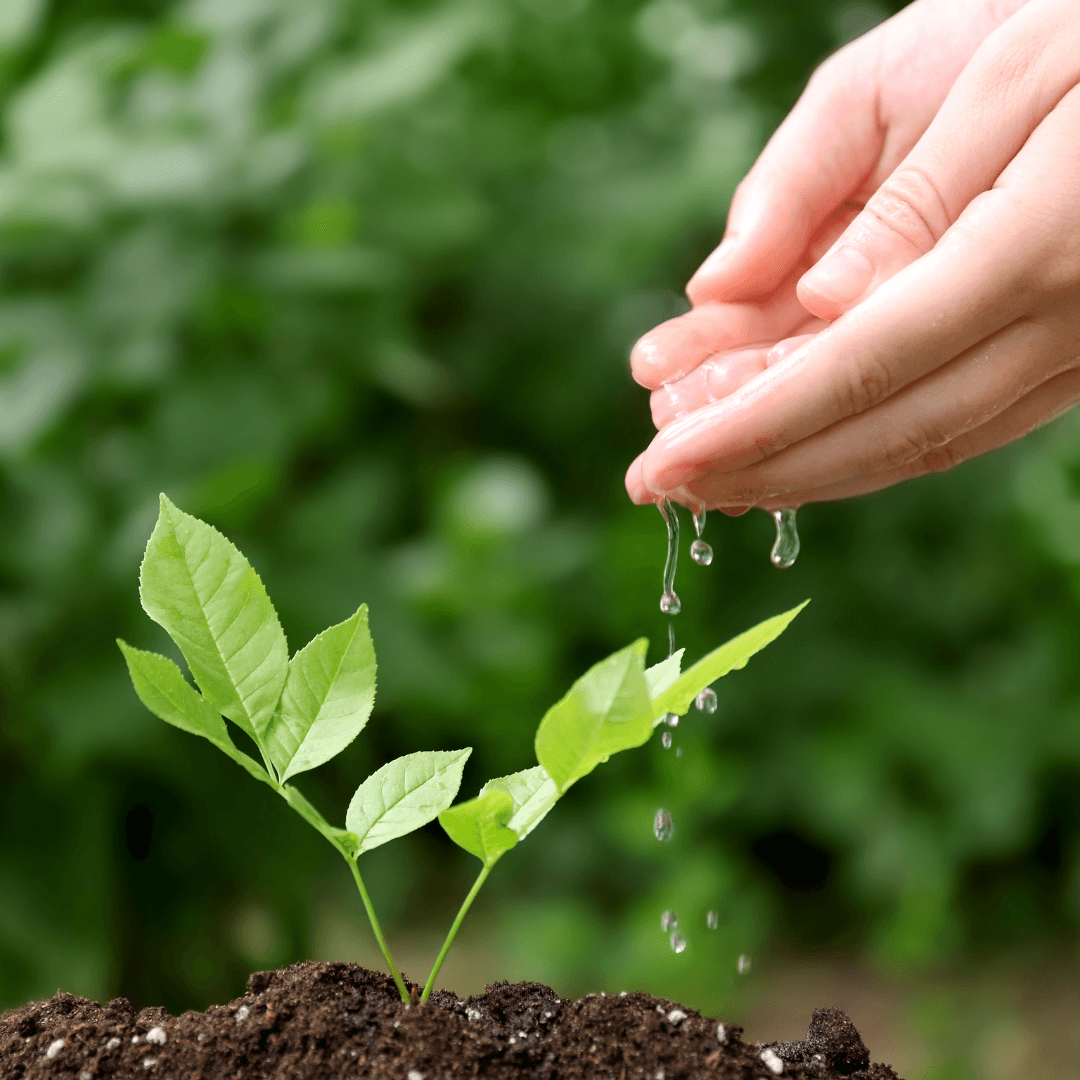
3. Watering Wisdom For Witch Hazel Plants
Watering Witch Hazel appropriately is pivotal, especially for those grown in containers. Despite its inherent drought tolerance, when confined to a pot,
Witch Hazel's access to natural moisture sources is considerably restricted, necessitating a more hands-on approach to meet its hydration needs.
Since too much moisture might cause problems for the roots, the ideal watering strategy is to strike a balance where the soil is always slightly damp but never soggy.
Applying a straightforward tactile test—putting your finger into the soil up to the first knuckle—is the most reliable way to determine how much water the plant requires.
If the top inch of the soil feels dry to the touch, it's time to water the plant thoroughly. This technique helps mimic natural rainfall, encouraging deep root growth and preventing the superficial wetting that often leads to uneven moisture distribution.
Regularly checking the soil moisture throughout the growing season ensures your Witch Hazel receives just the right amount of water to flourish without the risk of overwatering.

4. Fertilize Your Witch Hazel With Caution
A crucial tip for growing Witch Hazel in containers involves judicious fertilization with slow-release, acid-forming products to avoid salt buildup and ensure flourishing growth.
Choose a slow-release, acid-forming fertilizer applied in early spring, coinciding with the onset of new growth.
This targeted nourishment caters to Witch Hazel's preference for slightly acidic conditions, promoting vigorous growth and bloom without upsetting the soil's natural balance.
It's crucial to practice restraint in fertilization; excessive amounts can lead to a harmful buildup of salts in the container's soil, causing stress and potential damage to the plant.
Consider integrating organic fertilizers into your care regimen for a more gentle approach.
Products like fish emulsion or compost tea are excellent alternatives that feed the plant and enrich the soil with beneficial microbes and nutrients. They foster a healthier root environment with minimal risk of salt accumulation.
These organic options deliver a slow, steady supply of nutrients, enhancing the plant's growth while preserving the integrity and health of the soil.
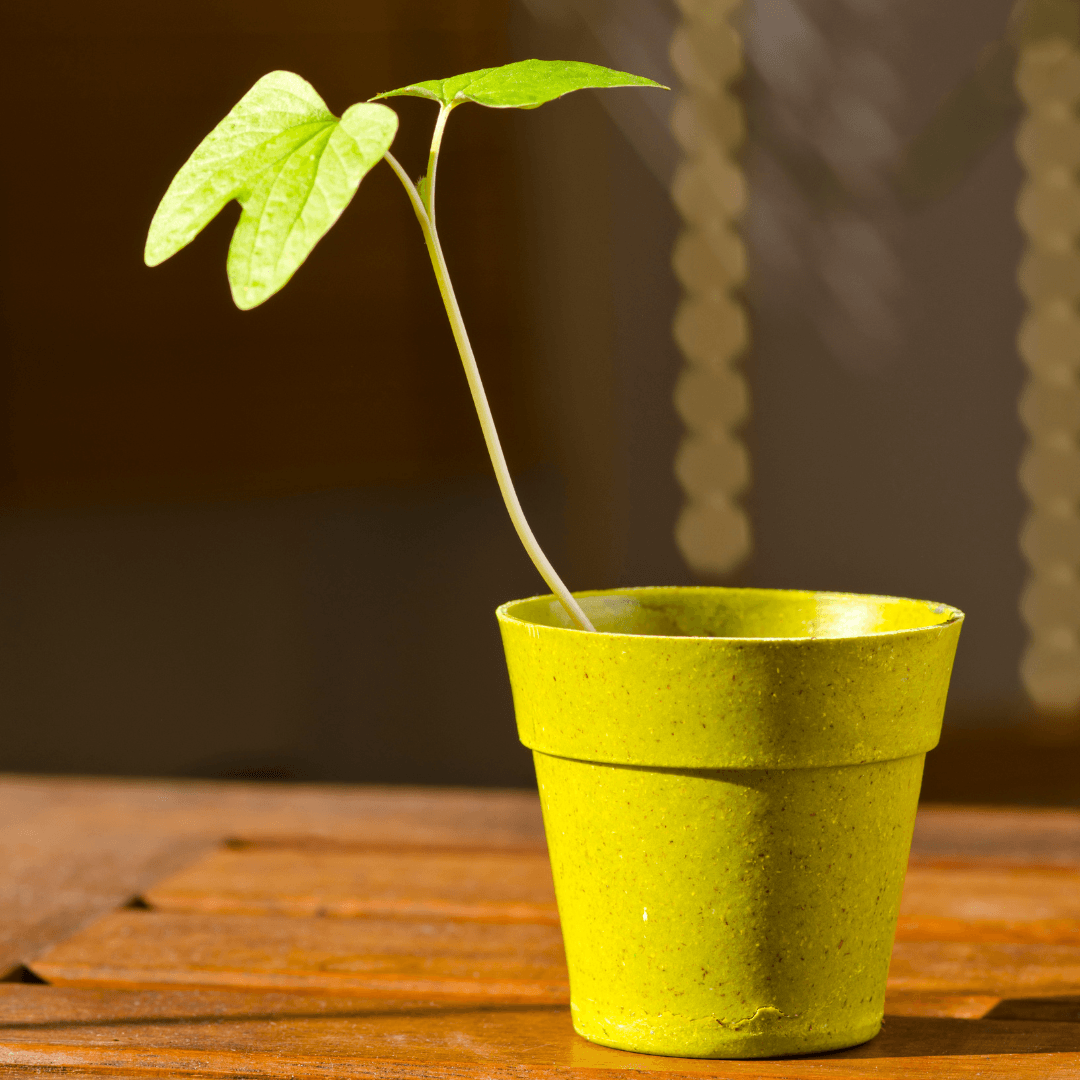
5. Sunlight And Placement Of Witch Hazel Plants
The right amount and intensity of sunlight are crucial for the well-being of Witch Hazel, especially when grown in containers.
Growing Witch Hazel in containers ensures the right balance of sunlight and placement for optimal growth, particularly considering your climate's specific conditions.
In regions with cooler temperatures, positioning your Witch Hazel to bask in the sun's full glory for most of the day supports vigorous growth and abundant flowering.
However, the scenario shifts in hotter climates, where the relentless afternoon sun can stress the plant, leading to issues like leaf scorch or premature drooping.
Providing respite from the intense midday and afternoon sun is beneficial to mitigate this.
Place your Witch Hazel in a location where it can enjoy morning sunlight followed by afternoon shade to ensure it receives the light it needs without the harmful effects of excessive heat.
This careful consideration in placement safeguards the plant’s health and maximizes its ornamental value, ensuring a robust display of fragrant, vibrant blooms, which Witch Hazel is celebrated for.
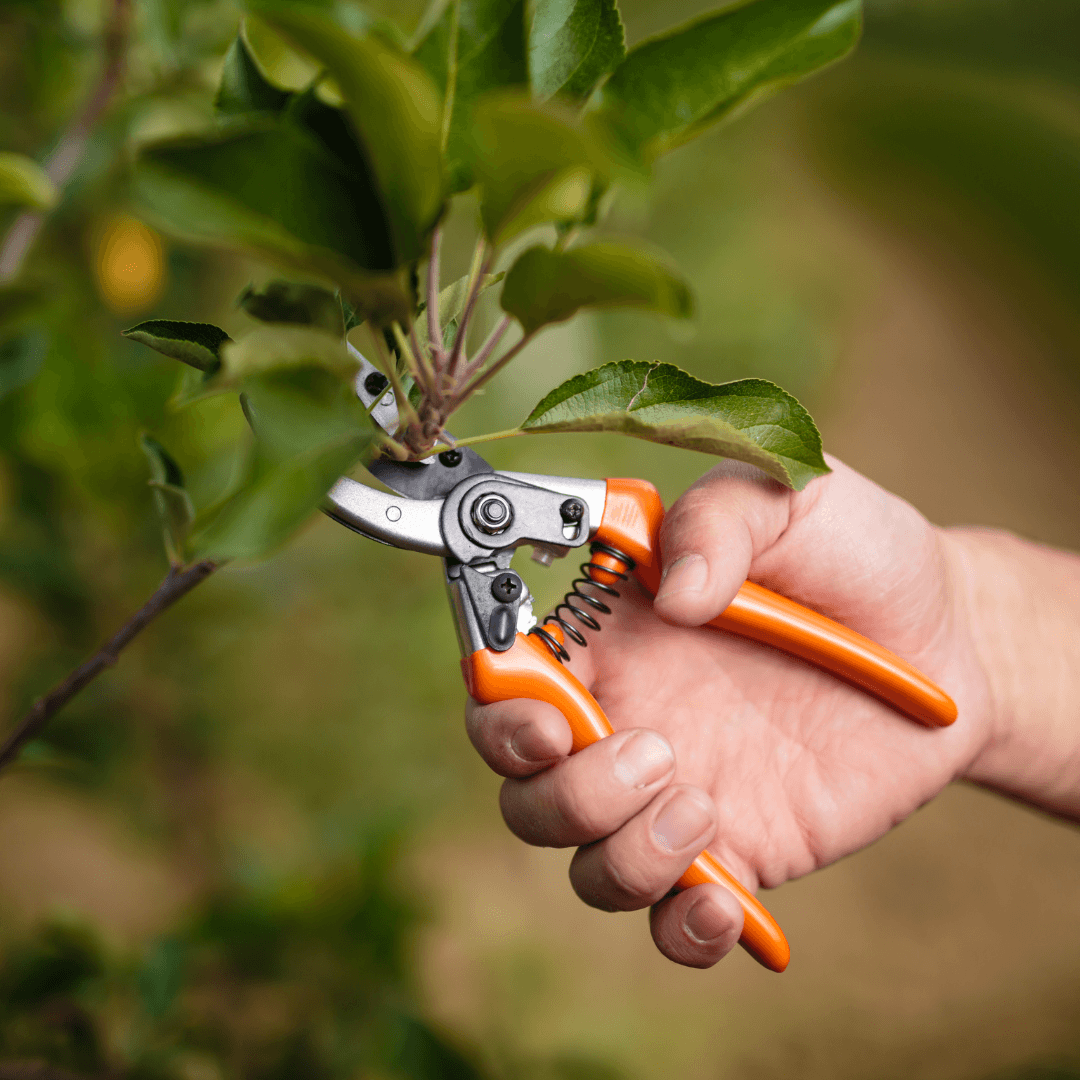
6. Pruning Witch Hazel For Health And Shape
Effective pruning is among the essential tips to grow Witch Hazel in containers, ensuring its health, shape, and ability to bloom beautifully.
The optimal time for pruning is in the late winter or early spring, just before the plant embarks on its seasonal growth spurt.
This timing allows you to cleanly remove any dead or damaged branches, which could otherwise sap the plant's energy or invite disease.
Additionally, cutting away branches that cross over others improves air circulation and light penetration, essential for the plant's overall health.
Since Witch Hazel flowers on the previous year's wood, a reasonable approach to pruning is crucial. Overzealous cuts could significantly reduce the plant's flowering capacity.
Aim to maintain the plant's natural shape while gently thinning out crowded areas. By doing so, you not only foster a healthier Witch Hazel with a pleasing form but also ensure it has the best possible foundation for producing its characteristically vibrant and fragrant blooms in the following season.
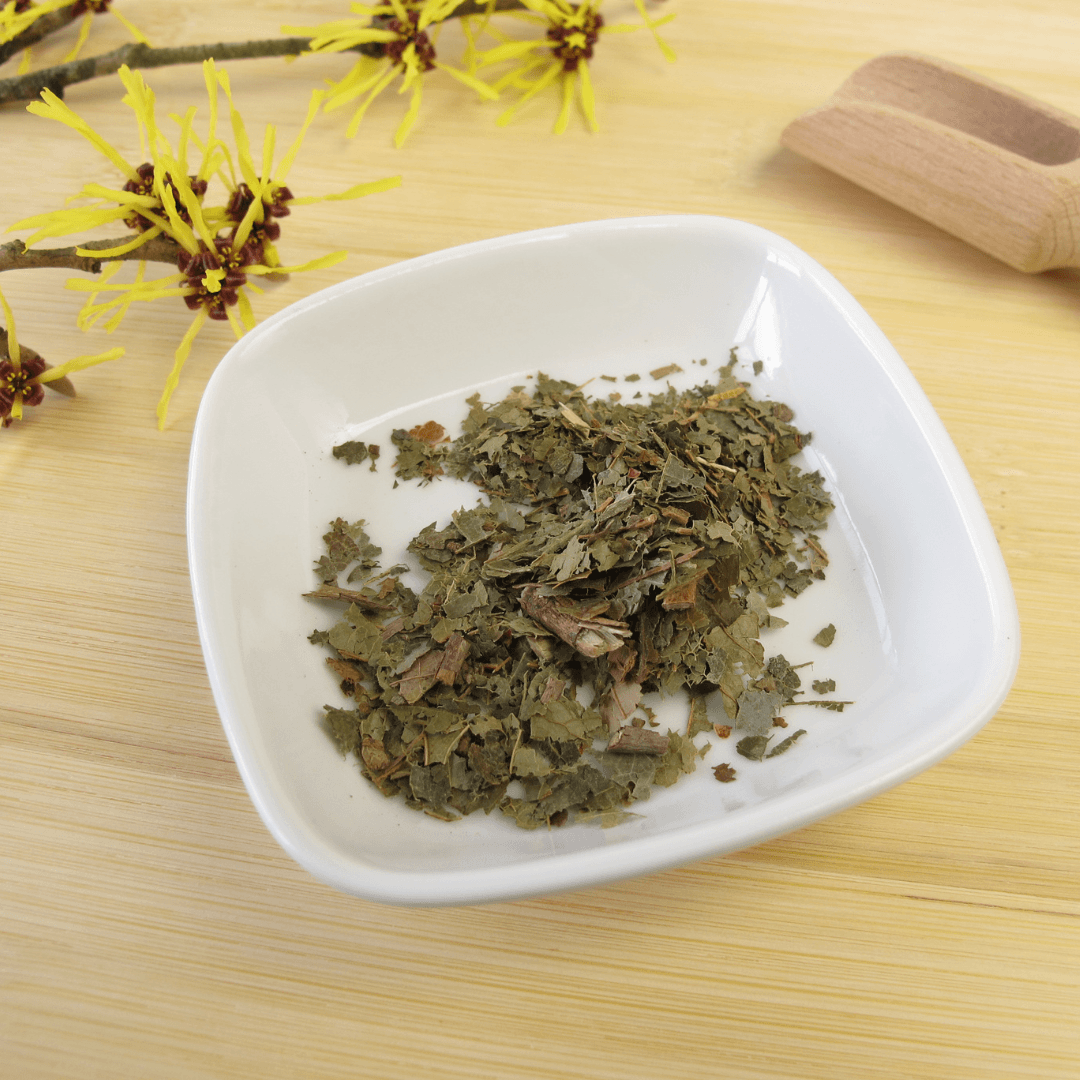
7. Harvesting Witch Hazel
Incorporating harvesting into your routine offers valuable tips to grow Witch Hazel in containers, allowing you to enjoy its beauty and beneficial properties.
The plant's twigs, bark, and leaves are all valuable for their astringent qualities and are widely used in skin care products and natural remedies.
To harvest, wait until late fall or early winter, after the leaves have fallen and the plant has entered dormancy.
This timing ensures that the plant's active compounds are at their peak. Carefully cut small twigs and branches from the plant using clean, sharp pruning shears.
If you wish to harvest the bark, do so sparingly to avoid harming the plant's overall health; gently peel the bark from the pruned branches.
Although less commonly used, the leaves can be collected during this process. After harvesting, dry the twigs, bark, and leaves in a well-ventilated, shady spot to preserve their medicinal qualities.
Once dried, they can be stored in airtight containers for future use. It's essential to harvest respectfully, taking only what you need and ensuring that the plant remains healthy and capable of regrowth and blooming in the following seasons.
FAQ
Is Witch Hazel OK For Dogs?
Answer: Witch Hazel is safe for dogs when used topically and in moderation. It can help soothe minor irritations, such as itchy skin and hot spots.
Ensure the product is pure and alcohol-free to avoid skin dryness. Avoid applying it near the eyes and ensure your dog doesn't ingest it, as ingestion could cause gastrointestinal upset.
Always consult a veterinarian before using Witch Hazel on your dog, especially for pets with sensitive skin or health issues.
Is Witch Hazel Bad For Cats?
Answer.: Witch Hazel can be risky for cats, especially if it contains alcohol, which is toxic to them. Even alcohol-free formulations should be used with caution, as ingestion or excessive topical application can lead to irritation or more serious health issues.
It's essential to consult with a veterinarian before using Witch Hazel on or around cats to ensure safety and discuss alternative, cat-safe options for addressing skin irritations or other concerns.
Is Witch Hazel Deer Resistant?
Answer: Witch Hazel is generally considered deer-resistant. While no plant can be deemed completely deer-proof, Witch Hazel's attributes make it less appealing to deer than other plants.
Its strong fragrance and taste tend to deter deer, making it a suitable choice for gardeners looking to minimize deer damage in their landscapes.
However, deer might still nibble on Witch Hazel if other food sources are limited in areas with high deer populations or during periods of scarce food.
Why Is My Witch Hazel Not Flowering?
Answer: Witch Hazel may not flower for several reasons: insufficient sunlight, improper pruning, lack of nutrients, or too young.
Witch Hazel needs full sun to partial shade to bloom abundantly; too much shade can hinder flowering.
Pruning too late in the season can result in the removal of flower buds. Nutrient imbalances or deficiencies can also affect blooming. Lastly, flowering young plants or recently transplanted Witch Hazels might take a few years.
Conclusion
Witch Hazel stands out as a beacon of resilience and beauty in container gardening, bringing vibrant blooms to the late winter landscape.
Embracing these tips to grow Witch Hazel in containers will unveil the plant's resilience and beauty, enhancing your garden with its vibrant blooms and fragrant presence.
Remember, the essence of its care lies in the delicate balance of moisture and nutrition, paired with the wisdom of timely pruning and strategic sun exposure.
Witch Hazel rewards you with a flourish of fragrant petals against the stark, sleepy garden as you shield it from winter's harsh embrace and tune into its unique needs.
Let each season deepen your connection to this enchanting shrub, transforming your container garden into a testament to nature's enduring grace and vitality.
In cultivating Witch Hazel, you cultivate patience, nurture beauty, and invite a touch of wild enchantment into your personal green space.
I trust you enjoyed this article on the Best Tips To Grow Witch Hazel In Containers. Please stay tuned for more blog posts soon. Take care!
JeannetteZ
>>>Please click here to read my all-inclusive article about Container Gardening<<<
>>>Are you interested in homegrown herbs and medicine? Please click here to find out more about it!<<<
Your Opinion Is Important To Me
Do you have thoughts, ideas, or questions? I would love to hear from you. Please leave me your questions, experiences, and remarks about this Best Tips To Grow Witch Hazel In Containers article in the comments section below. You can also reach me by email at Jeannette@Close-To-Nature.org.
Disclosure
This post may contain affiliate links. As an Amazon Associate and other affiliate programs, I earn from qualifying purchases at no extra cost to you. Please read my full affiliate disclosure.
You might also enjoy these blog posts:
Best Tips To Grow Triphala In Containers
Best Tips To Grow Licorice In Containers
Best Tips To Grow Asafoetida In Containers
Best Tips To Grow Ajwain In Containers
Expert Tips On How To Plant Cumin Successfully


